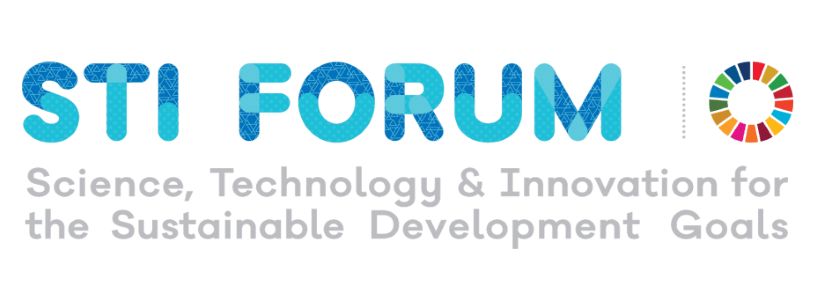JRC’s participation in the 7th Multi-stakeholder Forum on Science, Technology and Innovation for the Sustainable Development Goals
Under the theme of “Science, technology, and innovation for building back better from the coronavirus disease (COVID-19) while advancing the full implementation of the 2030 Agenda for Sustainable Development”, the seventh multi-stakeholder forum on STI for the SDGs was held on 5-6 May 2022. The President of ECOSOC H.E. Mr. Collen Vixen Kelapile convened the hybrid event as he appointed two co-chairs, H.E. Mr. Kennedy Godfrey Gastorn, Ambassador and Permanent Representative of Tanzania to the United Nations, and H.E. Mr. Sergiy Kyslytsya, Ambassador and Permanent Representative of Ukraine to the United Nations.

The opening session introduced an encouraging message regarding the importance of achieving the SDGs in the next 8 years as a crucial topic, providing STI solutions to global challenges and assuming a moral and ethical responsibility towards most affected regions and people while tackling inequality. A variety of sessions followed but it was during the Ministerial Session Science, Technology and Innovation for the SDGs and a sustainable recovery from the COVID-19 pandemic that the STI for SDGs roadmaps were expressly cited as strategies aimed at improving and upgrading innovation ecosystems towards more inclusive, resilient and sustainable societies. The statements focused on resilience and inclusiveness, especially in post-COVID recovery stating that STI play a vital role in ensuring that global solutions can address current challenges.
The Joint Research Centre (JRC) took special part in the Thematic Session 3: Global, national, and local innovation ecosystems where the need to apply localized, evidence informed and participative priority setting processed for research and innovation investments were discussed. The session centred on the need to strengthen capacities to import, absorb and adapt new technologies, especially in the countries that are part of the Global Pilot Programme on STI for SDGs roadmaps. A study co-developed between the JRC and the University College London found structural stagnation and increasing technology gaps on these countries and so developing and implementing STI solutions at the local level as part of a mission-oriented approach was recommended. Missions need to be inclusive and locally defined to drive innovation and this includes the localisation of SDGs with direct reference to the Voluntary National Reviews (VNRs) as well as the addition of an STI component into these VNRs acknowledging innovation as a horizontal enabler for the treatment of the SDGs.
During Special event 3: Supporting national capacities and the Partnership in Action for STI4SDG roadmaps, representatives from India, Ghana, and Serbia shared achievements in the development and implementation of STI for SDGs roadmaps. Serbia in particular provided examples of projects that will be implemented as part of the STI for SDGs roadmap in alignment with its national Smart Specialisation Strategy developed with the JRC. The Balkan nation offered to share its experience and knowledge gained during its participation in the Global Pilot Programme with other countries and regions willing to engage in the STI for SDGs roadmaps development. The representative of Serbia reiterated Serbia’s commitment to co-chair the Partnership in Action and called for other UN Member States to join. Japan and UNESCO endorsed the Partnership in Action to expand and promote cooperation, sharing best practises and experiences.
Both co-chairs of the Forum, namely Tanzania and Ukraine, closed the conference summarising main aspects for the way forward, such as the importance of stakeholders’ engagement and the need to increase investments in STI. They also stressed the significance of STI in the fight against COVID-19. They praised the achievements and efforts of the Inter-Agency Task Team and the progress on STI for SDGs Roadmaps, on which the JRC acts as one of the co-leads.
More information in the dedicated website.
